In the field of graphic design, things are always changing and turning into new directions. Although some elements will always be in style, keeping up with the latest trends is essential to successful design. So jump on the bandwagon and stay up-to-date with these top trends in graphic design.
Typographic Design
Most people don’t realise just how far typography reaches. It goes way beyond the simple font list on your type menu. In today’s design world, a successful designer does much more than simply choosing a typeface. Typography is pivotal in determining a design’s identity and overall effectiveness. Fonts convey their own message through different personalities and characteristics. They can either keep a design on track or send it spinning into catastrophe.
A decade ago, designers chose from a few hundred fonts when creating a graphic design. Today, there are millions of custom-made fonts shared on the internet. By concentrating on solid typography practices and spending some time on the layout, a designer can create a powerful advertisement with typographic design.
Versatility
The prominence of the digital world has created an array of new mediums for graphic design including, videos, webpages, digital signage and more. The best advertising and promotional campaigns have a graphic design that is versatile and recognisable across all mediums, new and old.
Graphic designers need to keep versatility in mind when developing a design. The message should be as clear and focused on large billboard sized spaces as it is on your mobile app.
Big Design
Big design is a trend that serves as a true example of versatility in practice. The websites being built today typically lean towards a clearer, more straightforward and large approach. The size factor makes sense because, as more consumers use their mobile devices to surf the web, the larger designs work more effectively on these smaller screens. Big banners and large buttons make websites easier to navigate from a mobile device.
Although some large corporations offer a separate website for mobile devices, most companies cannot afford this costly option. There are also a few problems with mobile sites that often frustrate users. Mobile sites can be confusing to navigate and may not provide all the information given by the full site. Many users end up clicking the “view full site” anyways. A designer can avoid all these problems by creating a website with mobile device users in mind. Large clear design elements can help to make one site effective on all devices.
Conceptual Design
The idea or concept of a product or service is much more important than the marketing efforts that may be done to increase its sales volume. Rather than trying to “sell” a product or service through quality, location, price or other traditional marketing elements, conceptual design focuses on stopping the viewer in his tracks with a unique concept or idea. Conceptual designers incorporate visual elements that evoke a strong emotional response. Whether this response is sad, humorous or just mind opening, the message should be even louder than the design. That is conceptual design.
As the world of design continues to progress, the possibilities are infinite. Trends like these serve as inspiration for many designers as they create the new wave of amazing designs.

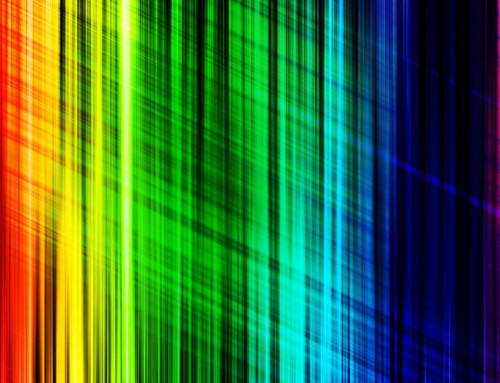
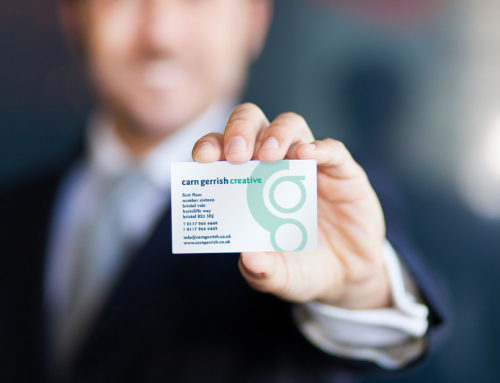
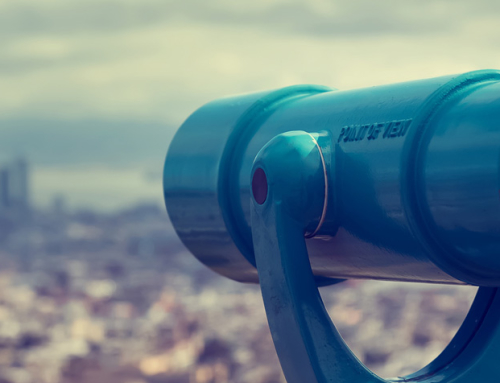
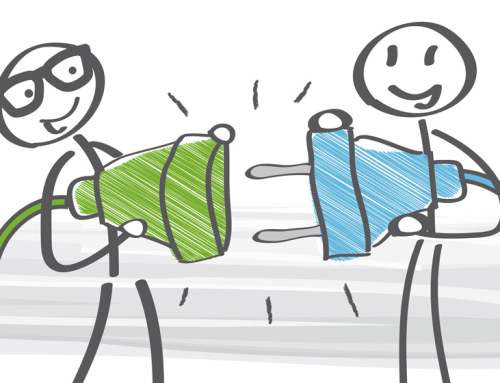
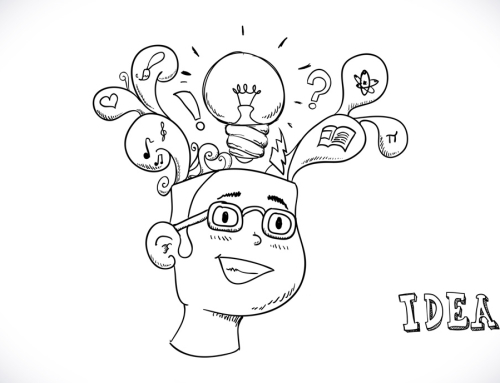
Leave A Comment
You must be logged in to post a comment.